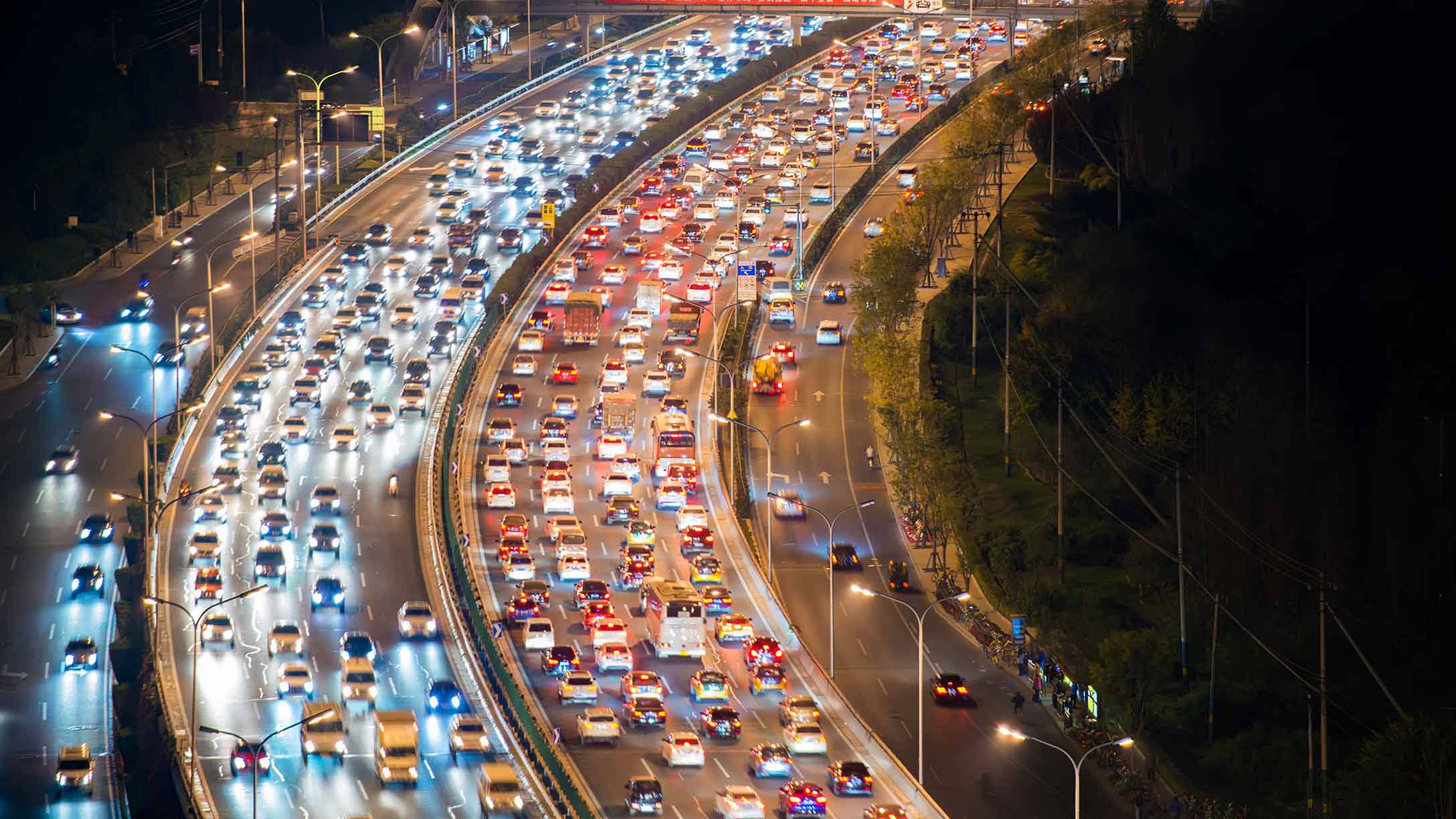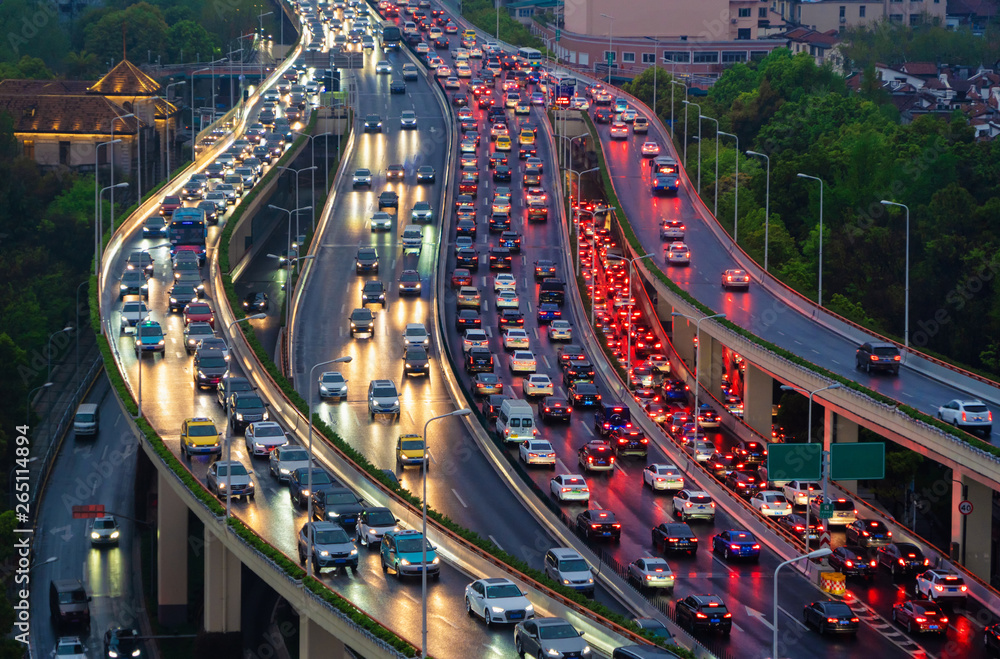Traffic Cast
Traffic Cast- Your Road Information Stream
Getting around these days often feels like a guessing game, doesn't it? One minute, the road ahead looks clear, and the next, you're stuck in a standstill, wondering what happened. That feeling of being caught off guard, that's something we all want to avoid, and thankfully, there are ways to stay in the know. It's about having a clear picture of what's happening on the routes you take, giving you the chance to make smarter choices about your travel plans, so you can reach your stopping place with less fuss.
For a while now, folks have relied on various ways to get the latest word on how the roads are moving. Whether it was listening to the radio during your morning drive or checking a quick online report, the aim has always been the same: to get the scoop before you head out. This kind of information, which we might call a traffic cast, helps you see what's unfolding, allowing you to prepare for any bumps or slowdowns that might pop up. It's really about giving you a heads-up, kind of like a friendly wave from someone who's already been there and seen it, so you know what's coming up ahead.
Think of a traffic cast as your personal heads-up system, keeping you connected to the pulse of the streets. It's more than just knowing if there's a jam; it's about getting the details, like if a car has stopped on the side of the road or if there are special conditions that might make driving a bit more tricky. This kind of immediate information, often put together by people who are actually out there, helps everyone move along a little bit more smoothly. It's, in a way, a shared awareness that makes daily travel a less stressful thing for everyone involved, you know?
Table of Contents
- What Makes a Good Traffic Cast?
- How Does a Traffic Cast Help You?
- What Sort of Information is in a Traffic Cast?
- Who Benefits from a Timely Traffic Cast?
- Where Do We Get Our Traffic Cast Details?
What Makes a Good Traffic Cast?
When you think about what makes a road report truly helpful, it often comes down to how quickly and clearly you get the important bits. A truly good traffic cast isn't just about listing problems; it's about giving you enough detail to understand the situation and make a good choice. For example, knowing there was a vehicle incident on Crestline Highway 18 at Lake Gregory Drive at 2:18 AM on Friday, June 20, 2025, about 19 hours ago, gives you a very specific picture. It tells you not only where the event took place but also when it was observed, which, you know, helps you figure out if it's still a current concern. This level of precision, I mean, it really helps you feel prepared for what's ahead on your drive.
The Heart of the Traffic Cast- Community Voices
Much of the valuable information that shapes a helpful traffic cast comes from the folks who are actually out there on the roads. Consider the community involvement, like how people offer suggestions and support one another. This shared effort means that when something happens, like a car problem, the word gets out quickly. For instance, if a car is on the right-hand shoulder, as was seen on Highway 18 North near Lake Arrowhead at 12:50 AM on Sunday, June 8, 2025, and then someone steps up to help, saying "good sam will try to pull her vehicle out," that's information that truly matters. It shows a living, breathing network of people looking out for each other, and that really is the core of a useful traffic cast, in a way, keeping everyone connected.
Getting the Latest Traffic Cast Updates
To really stay on top of things, having the most current information is key for any useful traffic cast. You want to know what's happening right now, or at least what's very recent. Looking at something like "recent traffic incidents as of 01:15 pm no recent traffic incidents detailed" means that at that specific moment, the roads were pretty clear, which is good to know. Or, if there are specific requirements for your vehicle, such as "chains restrictions as of 01:15 pm (data obtained from Caltrans database) R1=2WD," that's a piece of information that can seriously affect your trip. Getting these updates quickly, you know, makes a big difference in how you plan your day, ensuring you're not caught off guard by unexpected road conditions, which can be a bit of a nuisance.
How Does a Traffic Cast Help You?
A good traffic cast acts like a heads-up display for your daily travels, giving you the ability to make changes to your route or timing before you even leave your driveway. Think about it: if you know there was a vehicle problem on Running Springs Hunsaker Drive at Highway 18 on Friday, June 6, 2025, at 7:45 PM, and that emergency units were heading that way, you might decide to take a different path if you were planning to be in that area. This kind of advance notice can save you from sitting in long lines of cars, burning fuel, and feeling frustrated. It gives you a sense of being in control of your trip, rather than just being a passenger in the flow of cars, which is pretty useful, you know?
When the Traffic Cast Points to Trouble
Sometimes, a traffic cast brings news of more serious situations, and knowing about these can be important for your own safety and peace of mind. For example, hearing about a vehicle problem in Lucerne Valley on Sunday, June 8, 2025, at 3:40 PM, with updates like "minor injuries complaint of pain so far" and "message delivered to Loma Linda," tells a story of an event that needs attention. While you might not be directly involved, knowing about such incidents helps you understand why there might be delays or why emergency vehicles are out and about. It also, in some respects, fosters a sense of shared awareness within the community, letting everyone know what's happening on the public routes, which is quite helpful, actually.
What Sort of Information is in a Traffic Cast?
A helpful traffic cast isn't just about cars bumping into each other; it often includes a broader range of incidents that can affect how smoothly things move on the road. It covers everything from minor incidents to more serious events that might require a lot of attention from emergency services. For instance, knowing about a "triple A so#35031367 / still looking for provider /unk estimated time of arrival" from a specific incident on Crestline Highway 18 tells you that assistance is on the way, but it might take a while. This kind of detail, you know, helps set expectations if you happen to be caught in the same area or if you're waiting for someone who might be impacted by the delay. It’s pretty much a complete picture of what’s happening.
Beyond the Traffic Cast- Other Roadside Happenings
Beyond the typical vehicle incidents, a comprehensive traffic cast can sometimes include other sorts of events that might affect travel or signal that emergency services are busy in certain areas. Think about reports like "fall victim (Sugarloaf) 02:02 am," "choking (Big Bear Lake) 01:42 am," or "unconscious person (Fawnskin) 12:28 am." While these aren't strictly vehicle-related, they indicate where emergency responders are focused, which might mean more emergency vehicles on the roads or temporary road closures. Even something like a "traffic hazard (Angelus Oaks) 04:25 pm" gives a heads-up about something that could cause a delay or require extra caution from drivers. So, in a way, these reports paint a fuller picture of the community's immediate needs, which is quite valuable, really.
Who Benefits from a Timely Traffic Cast?
Honestly, just about everyone who uses the roads benefits from having a timely traffic cast. From the person heading to their place of work, trying to avoid being late, to the delivery driver who needs to make their rounds on time, knowing what's happening out there is a big plus. Even those just going for a pleasure drive or visiting friends can make better choices about their routes and timing. It's about reducing stress, saving time, and sometimes, even helping to keep people safer by alerting them to potential dangers. When you have current information, you can simply make smarter choices, which, you know, leads to a smoother day for many people, and that's a good thing, basically.
Where Do We Get Our Traffic Cast Details?
The information that makes up a useful traffic cast often comes from a mix of sources, working together to give a clear picture. Some of it, as you might expect, comes from official channels, like the "data obtained from Caltrans database," which provides reliable facts about road conditions, such as chain requirements. But a lot of the immediate, on-the-ground details, especially about incidents, can come from community partners. These are the folks who are out there, seeing things as they happen and sharing what they observe. This combination of official data and community input helps to create a really complete and current picture of what's happening on the roads, so you get the full story, which is pretty helpful, actually.

What Causes Traffic Congestion? | Geotab

Traffic jam in the rush hour on highway. Cars on bridges and roads in

Highway Traffic Safety | US Department of Transportation